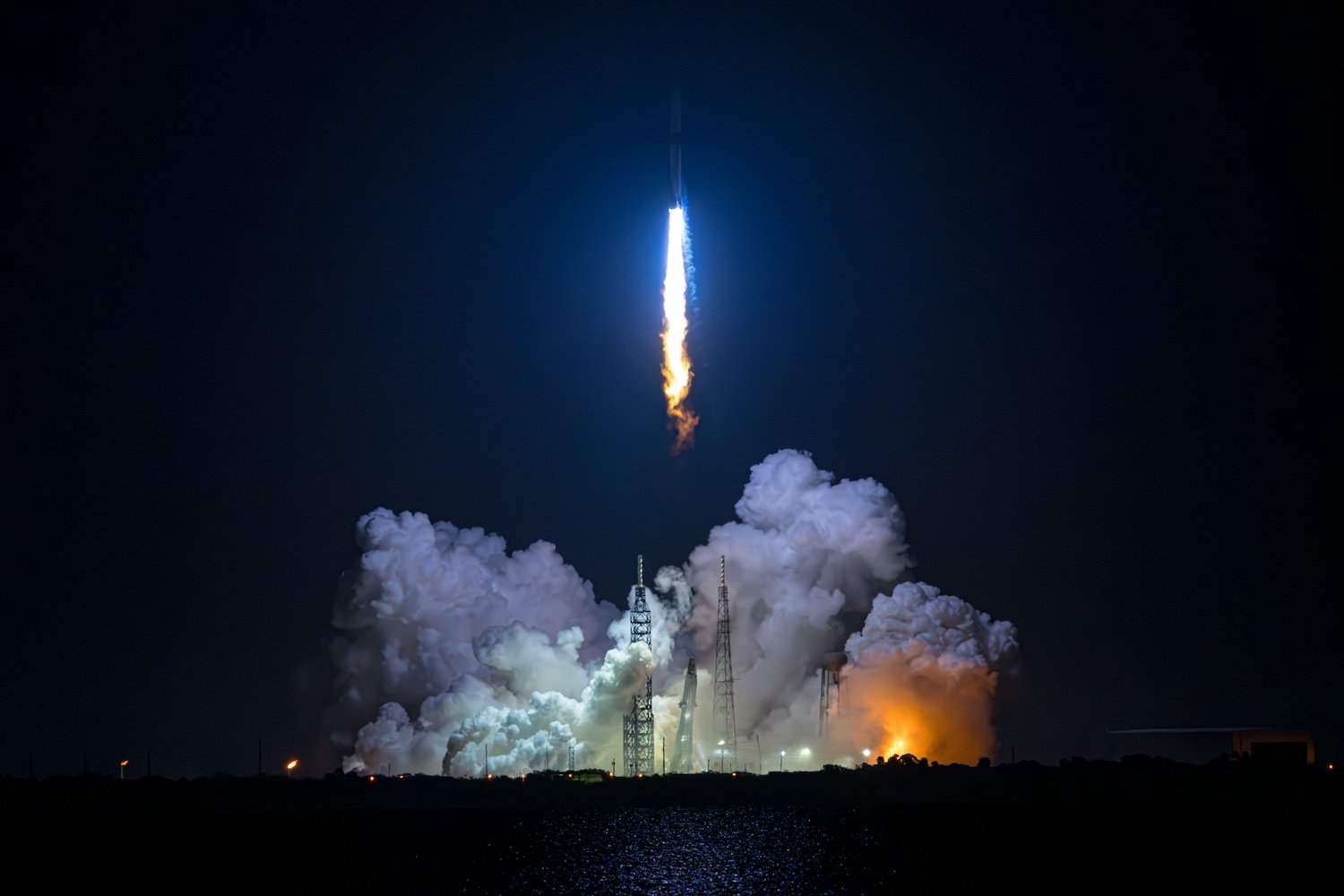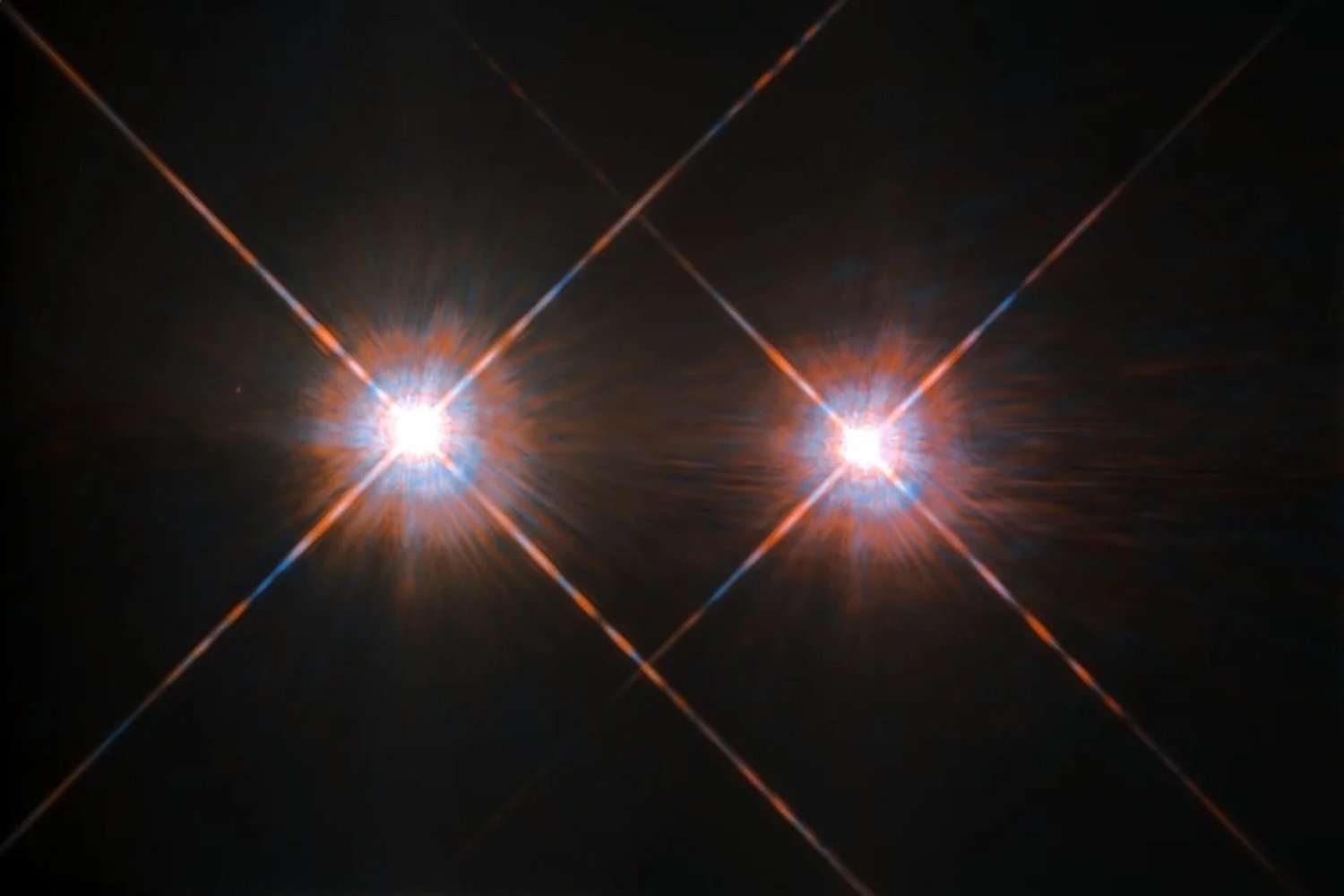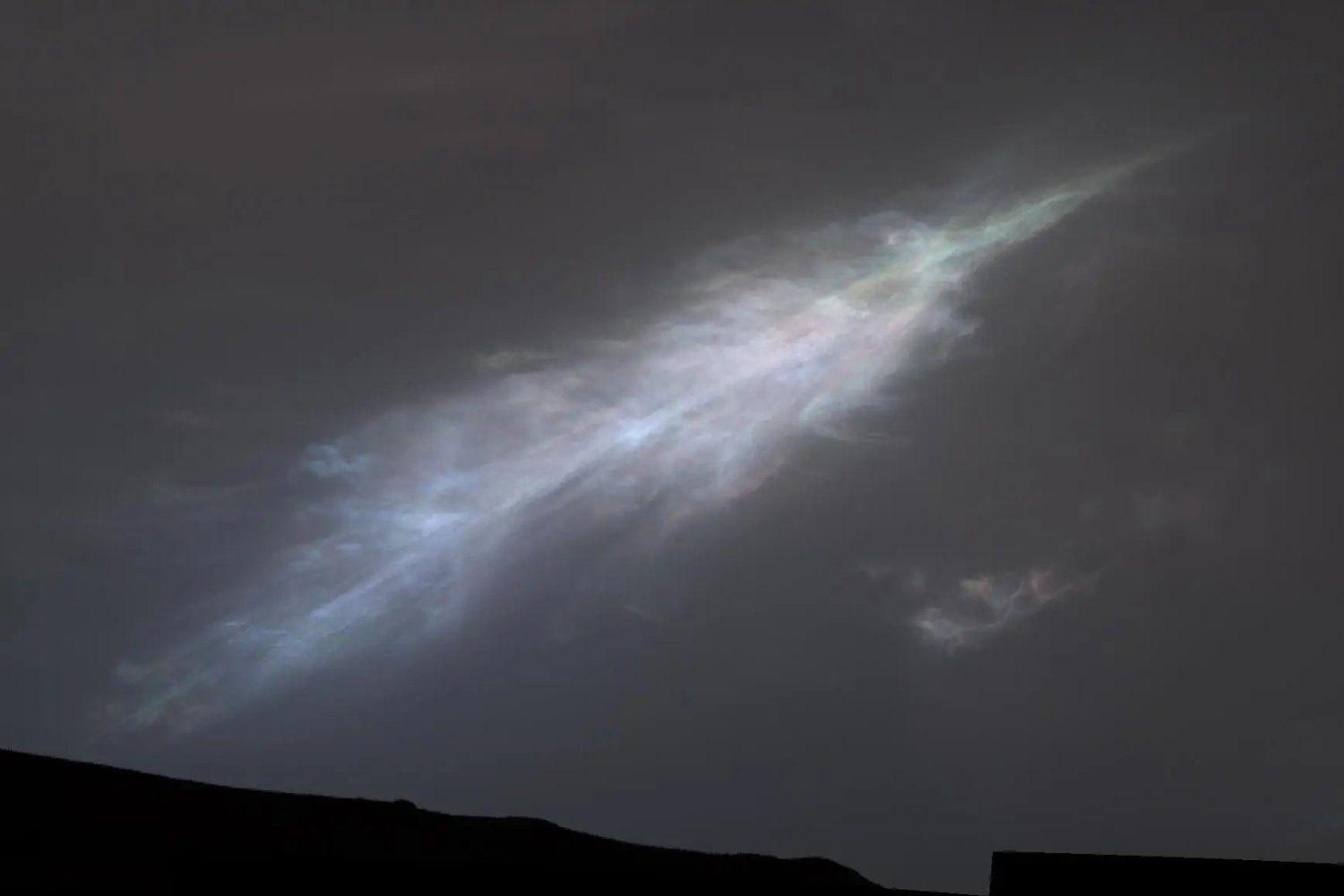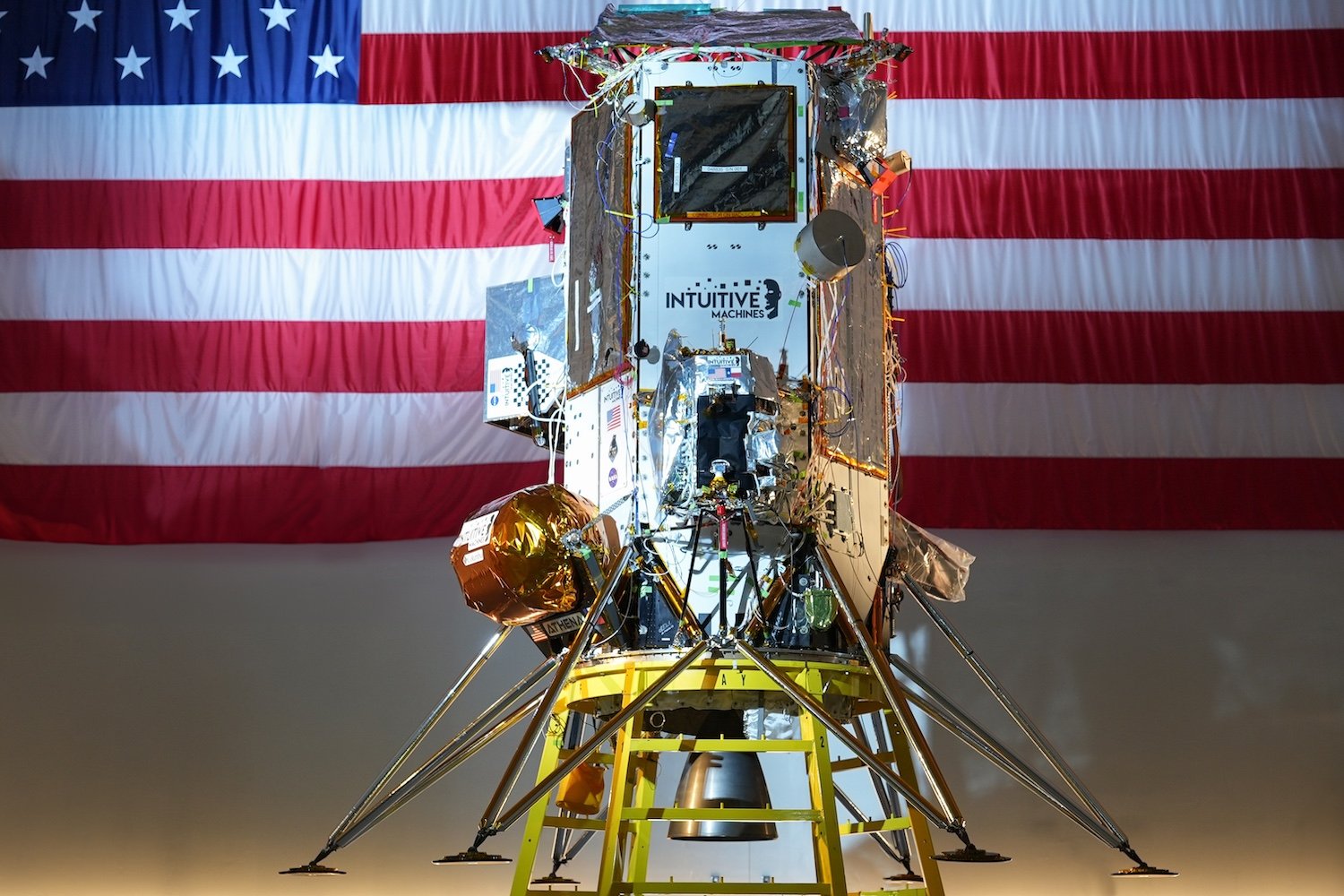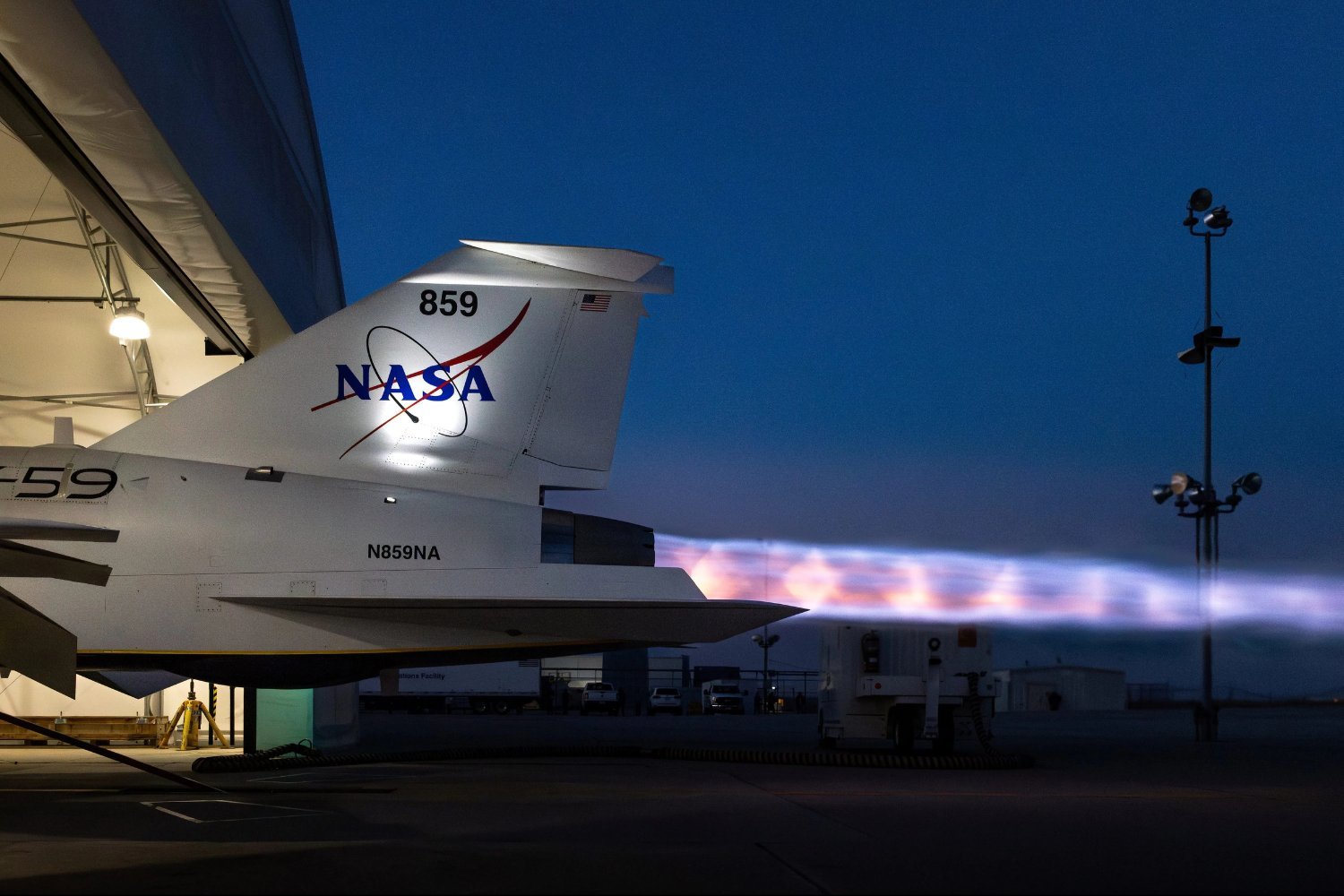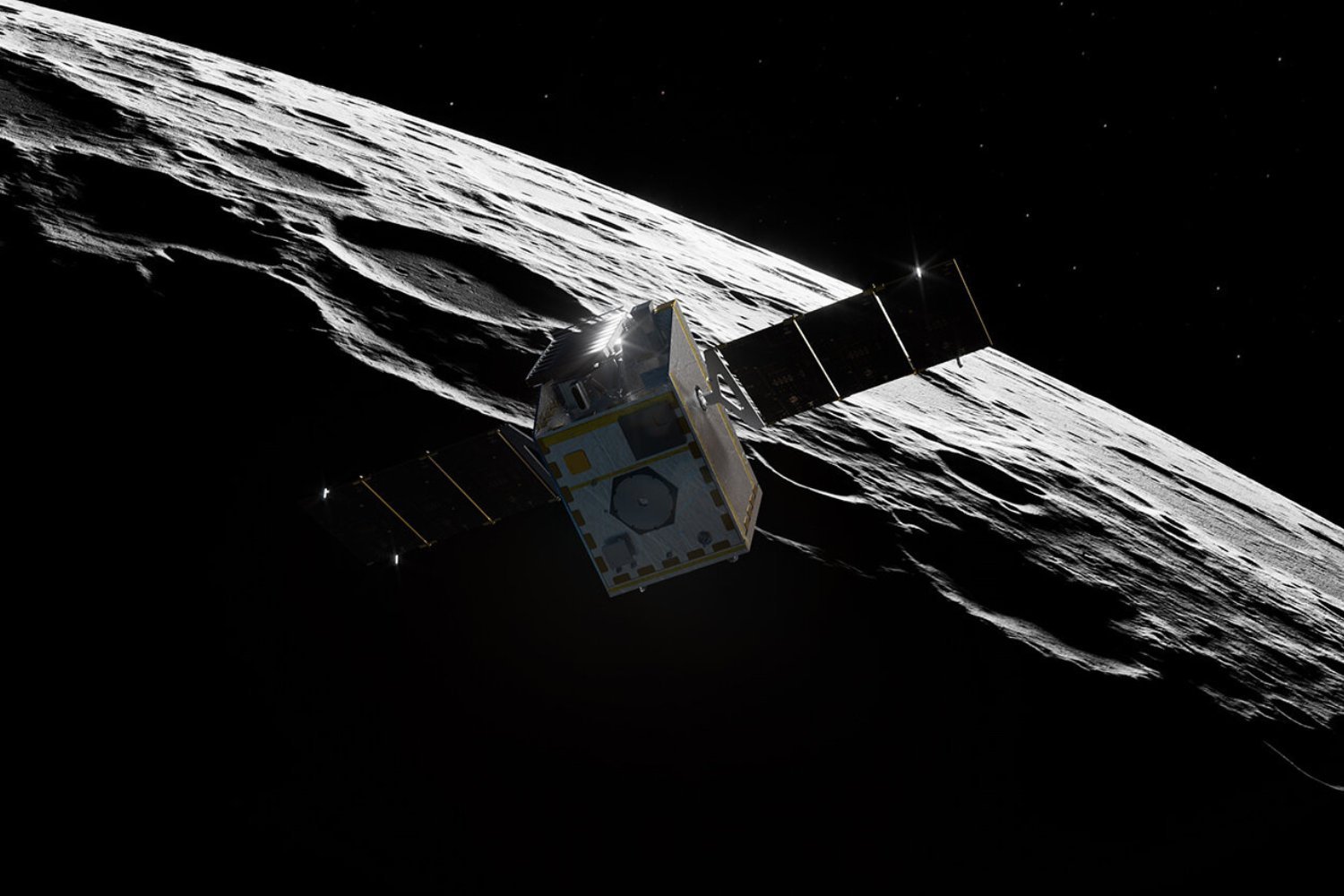A groundbreaking high-definition image, compiled from hundreds of astronomical observations, reveals a cosmic filament connecting two galaxies from when the universe was just 2 billion years old. This filament, part of the vast cosmic web underlying the universe’s structure, offers insights into how this largely hidden network shapes the visible universe. The research, published in Nature Astronomy, demonstrates the connection between galactic gas and the material within this cosmic web.
 A simulation of gas glowing (red) in cosmic filaments making up the web (white).
A simulation of gas glowing (red) in cosmic filaments making up the web (white).
Mapping the Early Universe
The distribution of matter in the early universe was far more uniform than it is today. Over billions of years, gravity drew this matter into denser regions, forming a web-like structure of filaments connecting galaxy clusters. These cosmic filaments vary in size; the one imaged in this study spans 3 million light-years, while others, like one observed by the Hubble Space Telescope, stretch an impressive 13 million light-years.
Capturing the Filament’s Faint Light
The image was captured using the Multi-Unit Spectroscopic Explorer (MUSE) spectrograph on the European Southern Observatory’s Very Large Telescope in Chile’s Atacama Desert. Hundreds of hours of observation allowed researchers to create a detailed map of the filament’s shape and density, aligning with predictions from the leading dark matter model. Lead author Davide Tornotti, a doctoral student at the University of Milano-Bicocca, explained that the team could “trace the boundary between the gas residing in galaxies and the material contained within the cosmic web through direct measurements” by capturing the faint light emitted by the filament nearly 12 billion years ago.
The Cosmic Web and Dark Matter
The cosmic web dictates the large-scale structure of the universe, influencing everything from the arrangement of galaxies to the distribution of mass, including dark matter. Dark matter, comprising approximately 27% of the universe’s matter, remains invisible to direct observation but its gravitational effects on visible matter provide indirect evidence of its existence.
Euclid Space Telescope: Unraveling the Cosmic Web
The Euclid Space Telescope is poised to further illuminate the cosmic web by mapping dark matter and dark energy. Its mission to create the largest-ever 3D map of the universe, with initial data releases already showcasing millions of galaxies, promises to revolutionize our understanding of cosmic structure.
Future Research
Fabrizio Arrigoni Battaia, a scientist at the Planck Institute, emphasized the need for more data to build a comprehensive picture of gas distribution within the cosmic web. Future observations, particularly those as detailed as this recent image, will undoubtedly provide valuable insights into the nature of the cosmos for both scientists and the public alike.
This remarkable image of a cosmic filament offers a glimpse into the universe’s underlying structure and the processes that shaped the galaxies we see today. Further research and advanced telescopes like Euclid promise to unravel more secrets of the cosmic web and its role in the evolution of the universe.






